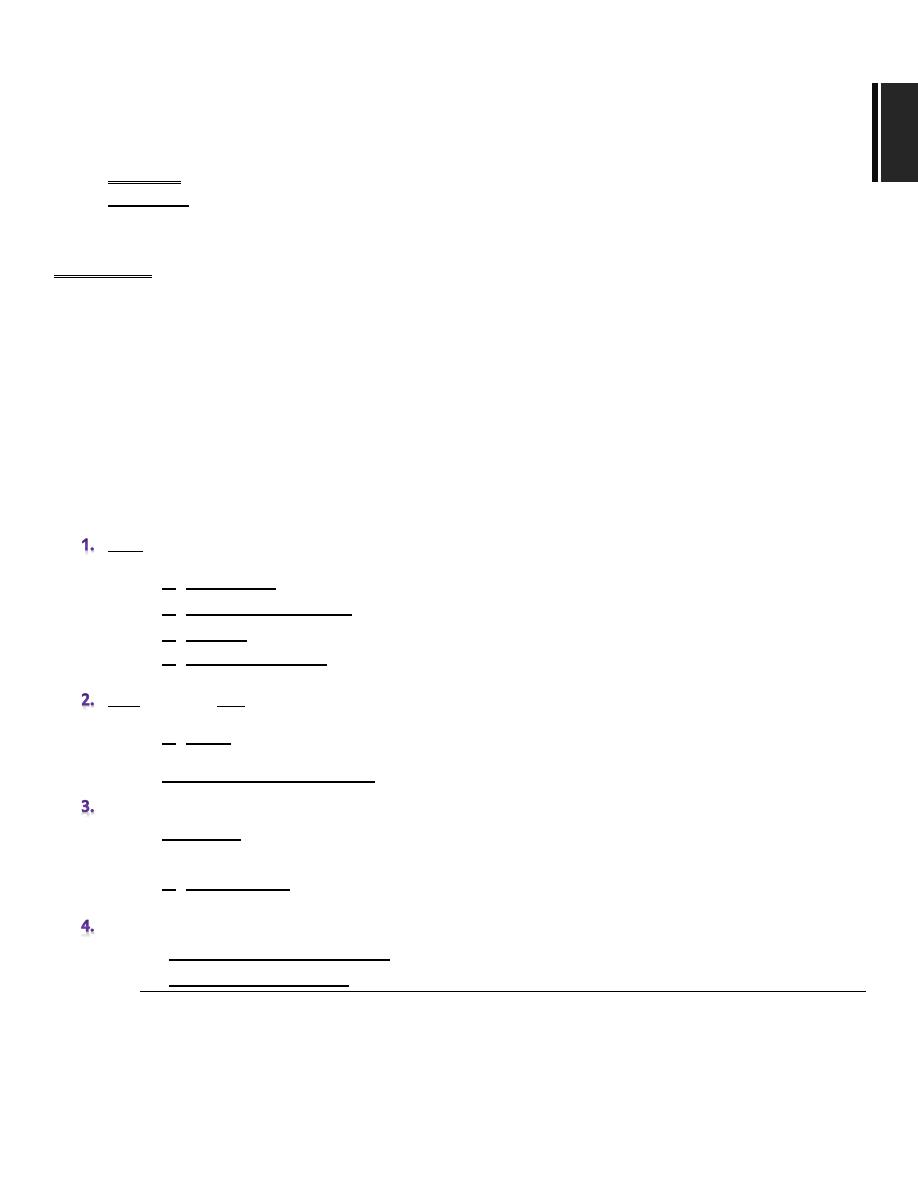
BACTERIOLOGY::CORYNEBACTERIA ::Dr. Nidhal Sabry DONE BY: MAM GROUP2011
Page number
1
CORYNEBACTERIA
The principal human pathogen is C. diphtheria, causes diphtheria
MORPHOLOGY
G (+VE) club-shaped rods arranged in a way resembling Chinese letters usually stained with
Neisser’s stain or Albert’s stain.
Pleomorphism* is common.
Irregularly staining granules are distributed within the rod cytoplasm near the poles. (called
metachromatic granules)
CULTURE
On Loeffter’s serum agar, the colonies are small, granular and grey.
On potassium tellurite blood agar (selective media), the colonies appear in THREE biotypes:
1) GRAVIS: large, black non hemolytic
2) MITIS: small, grey and hemolytic TBc
3) Intermedius: intermediate.
Variation and conversion
Coryne tend to polymorphise in microscopical and colonical morphology. Variation occurs from
smooth to rough colonies and from non-toxigenic to toxigenic due to acquisition of
bacteriophage from toxigenic bacteria to non-toxigenic bacteria and making it lysogenic and
toxigenic. (Lysogenic Conversion)
PATHOGENESIS
All toxigenic C. diphtheriae elaborate the disease using the EXOTOXIN.
PATHOLOGY
Diphtheria toxin absorbed into the mucous membrane and cause destruction of epithelium,
and formation of greyish pseudomembrane over the tonsils, pharynx or larynx. The regional
lymph nodes in the neck enlarge, and the toxin may result in toxic damage necrosis in cardiac
muscles, liver, kidney and adrenals. The toxin also produces nerve damage paralysis.
C. diphtheriae does not invade deep tissue or blood stream.
Laboratory diagnosis
A) Specimen: swab from nose, throat or other suspected lesion.
B) Smear stained with gram’s stain.
C) Culture on loefflen slant, blood tellurite plate and blood plate.
D) Toxigenecity test by precipitation test with antitoxin in agar plate.

BACTERIOLOGY::CORYNEBACTERIA ::Dr. Nidhal Sabry DONE BY: MAM GROUP2011
Page number
2
Resistance and immune
Resistance to diphtheria depends on availability of antitoxins in blood.
This can be estimated by:
a. Titration of serum antitoxin
b. Shick test skin test by using diphtheria toxin
+ve
susceptible
-ve
adequate antitoxin
Treatement
1- Antitoxin injection.
2- Penicillin or erythromycin.
Prevention and control
A) Active immunization with toxoid during first year of life (DTP), followed by boosten
injection at 3-4 and 5-8 years.
B) Isolation of infected persons and early treatment.
Other coryne form bacteria
Classified by enhancement of growth by addition of lipid to m +fermentative metabolism.
Non-lipophilic fermentative coryne
C. ulcerance
: infection to Diphtheria
C. pseudotuberculosis
: rarely cause disease
C. xerosis
C. pseudodiphteriti
Non-lipophilic non-fermentative coryne
C. auris
: ear infection
C. pseudodiphtheriticum
: RTI (Respiratory tract infection)
Lipophilic coryne
Jeikeium
: causes disease in immunosuppressed patient including bacteraemia with
high mortality rate. It’s resistant to antibiotics.
C. urealyticum
: UTI (acute and chronic), resistant to antibiotics.
Anaerobic coryne
Propionebacterium acnes
: acne.
Gardenella vaginalis
: vaginitis with other anaerobes.
The end of this lecture
